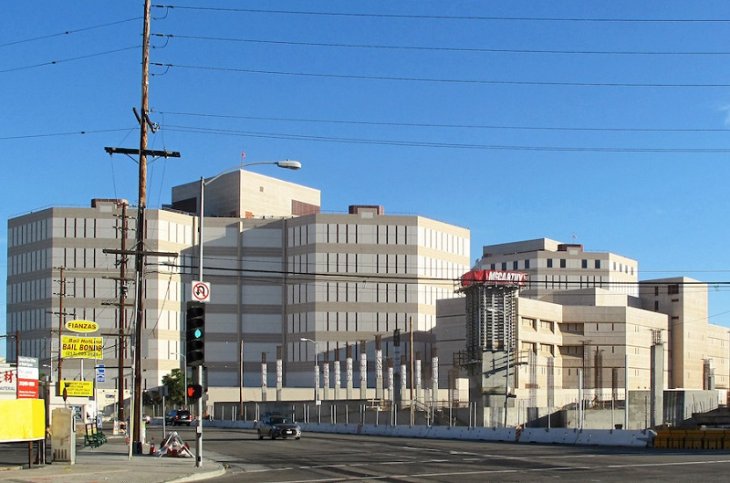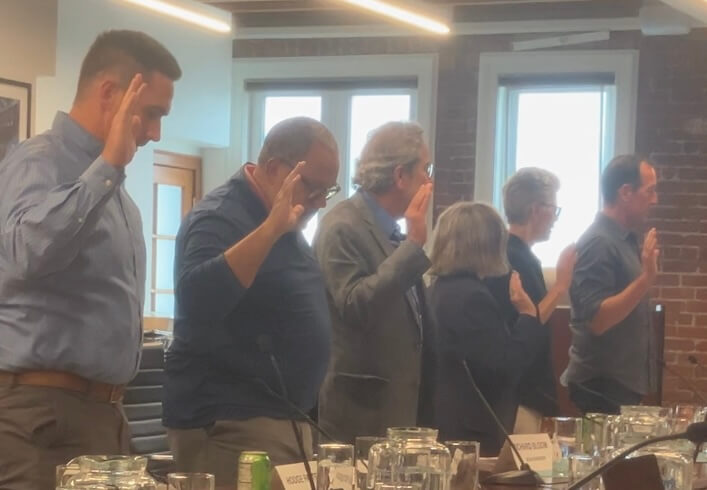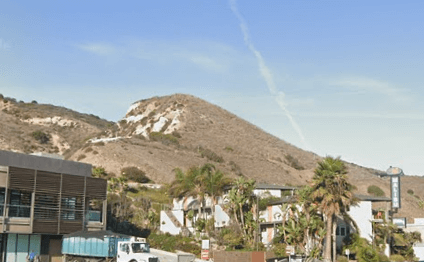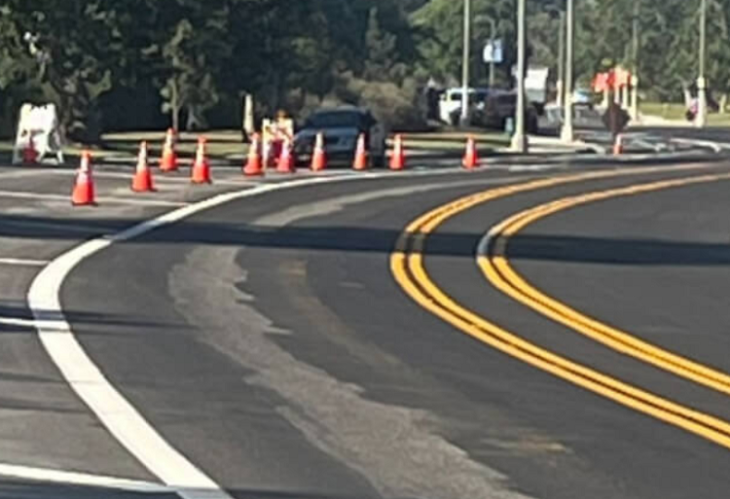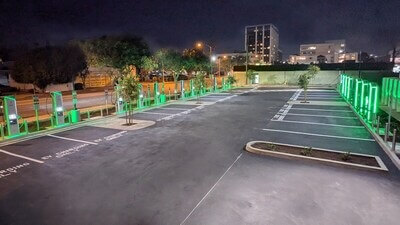The legal strategy comes in response to a growing wave of lawsuits that claim LADWP’s alleged mismanagement contributed to the fire
As hundreds of residents seek to hold the City of Los Angeles and its Department of Water and Power (LADWP) accountable for the devastating Pacific Palisades Fire, the utility is reviving a 114-year-old California Supreme Court decision to argue it bears no legal obligation to provide water for firefighting.
Attorneys for LADWP, represented by Munger, Tolles & Olson LLP, cited the 1911 ruling Niehaus Bros. Co. v. Contra Costa Water Co. in recent court filings, arguing that water utilities cannot be held liable for failing to supply water to fight fires without a specific contract to do so.
“California courts have long rejected attempts to hold water utilities liable for a failure to provide water to fight fires, absent some specific contract to do so,” LADWP attorneys wrote in documents submitted to Los Angeles Superior Court.
The legal strategy comes in response to a growing wave of lawsuits filed by more than 600 property owners and residents who claim LADWP’s alleged mismanagement of water resources and power infrastructure contributed to the fire’s destruction. The Jan. 7, 2025 blaze destroyed 6,837 homes and businesses, damaged nearly 1,000 more, and killed 12 people.
At the heart of the plaintiffs’ claims is the allegation that the 117-million-gallon Santa Ynez Reservoir, which served the Pacific Palisades area, was drained in February 2024 for an unfinished repair—leaving the community reliant on three smaller tanks with just 3 million gallons of water. Those tanks ran dry within 12 hours of the fire’s outbreak, plaintiffs say.
“This is about accountability for decisions that left our community vulnerable,” said Alexander Robertson IV, an attorney representing the plaintiffs. He criticized LADWP’s reliance on the Niehaus decision, calling the argument outdated and irrelevant. “LADWP’s reliance upon a 114-year-old case misses the mark,” Robertson told KTLA. “Our case doesn’t allege breach of contract. It’s about inverse condemnation—government action that caused catastrophic damage.”
Inverse condemnation is a legal theory under which plaintiffs can seek compensation when public infrastructure causes property loss. Robertson argues that such claims are not subject to the immunities LADWP is attempting to invoke. He also pointed to LADWP’s own planning materials, which state that the Santa Ynez Reservoir was specifically intended to support fire suppression and “other customer needs.”
As reported by the Los Angeles Daily News, LADWP has not publicly commented on the litigation. However, Martin Adams, the agency’s former general manager and chief engineer, said he was unaware of any contract guaranteeing continuous water for firefighting. “I don’t know if the city would issue a contract like that… that would make it impossible to do routine maintenance,” Adams said. He added that the water system “wasn’t designed for such a big fire” and “outperformed standards” under the circumstances.
The lawsuits, consolidated under Dan Grigsby et al. v. City of Los Angeles, are pending in Los Angeles Superior Court before Judge Stuart M. Rice. A status conference scheduled for April 23, 2025, will address whether the court will allow early discovery or stay proceedings pending the city’s demurrer. The city has requested that a lead complaint be filed to address threshold legal issues first.
Meanwhile, the lawsuits are expected to grow as additional victims join the litigation. Plaintiffs’ legal teams—including Robertson & Associates, Foley Bezek Behle & Curtis, and Boyle Law PC—are pushing for early mediation, citing favorable outcomes in previous wildfire cases such as the Thomas and Woolsey fires.




